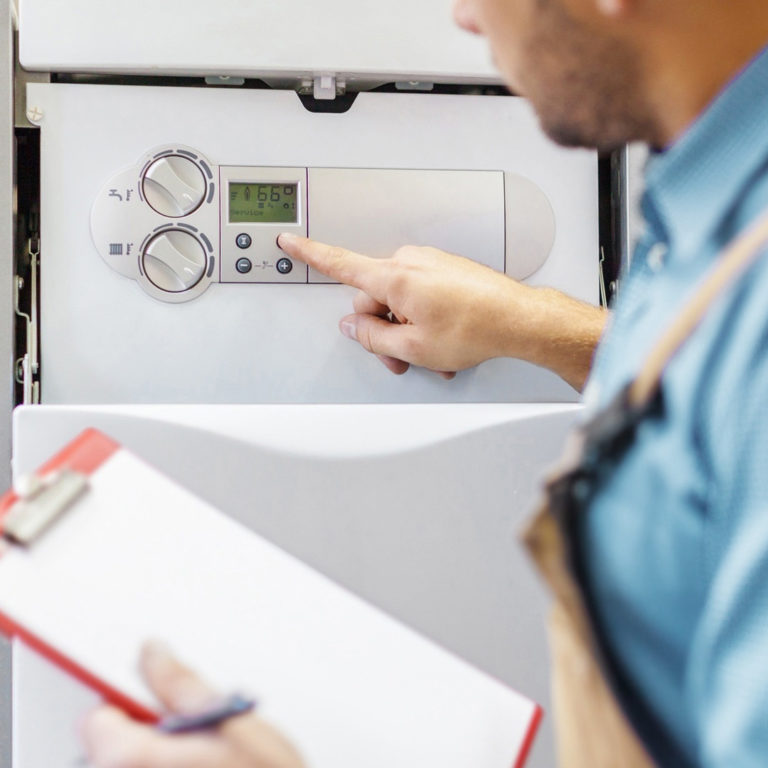Airlocks in water pipelines pose a common hazard to homes in the UK, typically following maintenance work or after a water system has been drained and refilled. Water pipes restrict water from flowing freely through them. It can cause a situation ranging from low pressure or no pressure to a total obstruction or erratic water supply, particularly at a tap or radiator. Fortunately, this is a problem that can usually be rectified at home using simple household tools and methods. Here, we will guide you on how to detect airlocks and remove them, along with some tips to prevent airlocks from recurring. For any repairs and other relevant services, make sure to rely on professional plumbers in Brighton.
Symptoms of an Airlock
If you switch a tap on and get little more than a gurgling noise and an occasional sprinkle of water, especially from the hot tap, you probably have an airlock. Another symptom is when taps work well in one part of the house but don’t perform properly in another. In heating systems, an airlock can create a situation where a radiator remains cold in certain areas, even after bleeding. These somewhat suggest that air is obstructing the flow of water through part of your plumbing.
Common Causes of Airlocks
Airlocks often happen after a plumbing system has been emptied for repairs or installation. They may also appear if there has been a sudden drop in water pressure, which can allow air to enter the pipes. Poor pipe installation, including sharp turns or improper slopes, can also trap air pockets over time. Hot water systems, particularly gravity-fed ones, are more prone to airlocks due to the natural rise of hot air in the pipes.
Method 1: Using a Hosepipe Between Taps
One of the most effective ways to remove an airlock from a tap is by using a hosepipe to connect a working cold tap to the faulty hot tap. Begin by attaching one end of the hosepipe to the hot tap that isn’t working. Connect the other end to a working cold tap, usually located in the kitchen or utility room. Turn on the faulty hot tap first, then turn on the cold tap. The pressure from the cold water will push the trapped air through the hot water pipes. Let the water run for a few minutes. Then turn off both taps and remove the hosepipe. You may need to repeat this process one or two times if the airlock persists.
Method 2: Bleeding Your Radiators
If the problem is with your central heating, you may need to bleed your radiators. Begin the process by turning off the heating system and allowing it to cool. Use a radiator key to slowly open the bleed valve at the top of each radiator, starting with the one at the lowest level in the home. You’ll hear a hissing sound as the air escapes. When the water starts to flow steadily, then close the valve and proceed to the next radiator. After all have been bled, check your boiler pressure and top it up if needed.
Need fast, reliable plumbers in Brighton or heating help? Contact Peak Plumbing and Heating today for expert service, repairs, and installations you can trust. Quality artistry and satisfaction are guaranteed—get in touch now!




